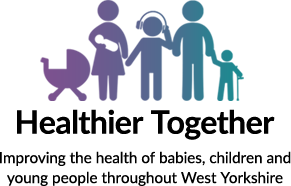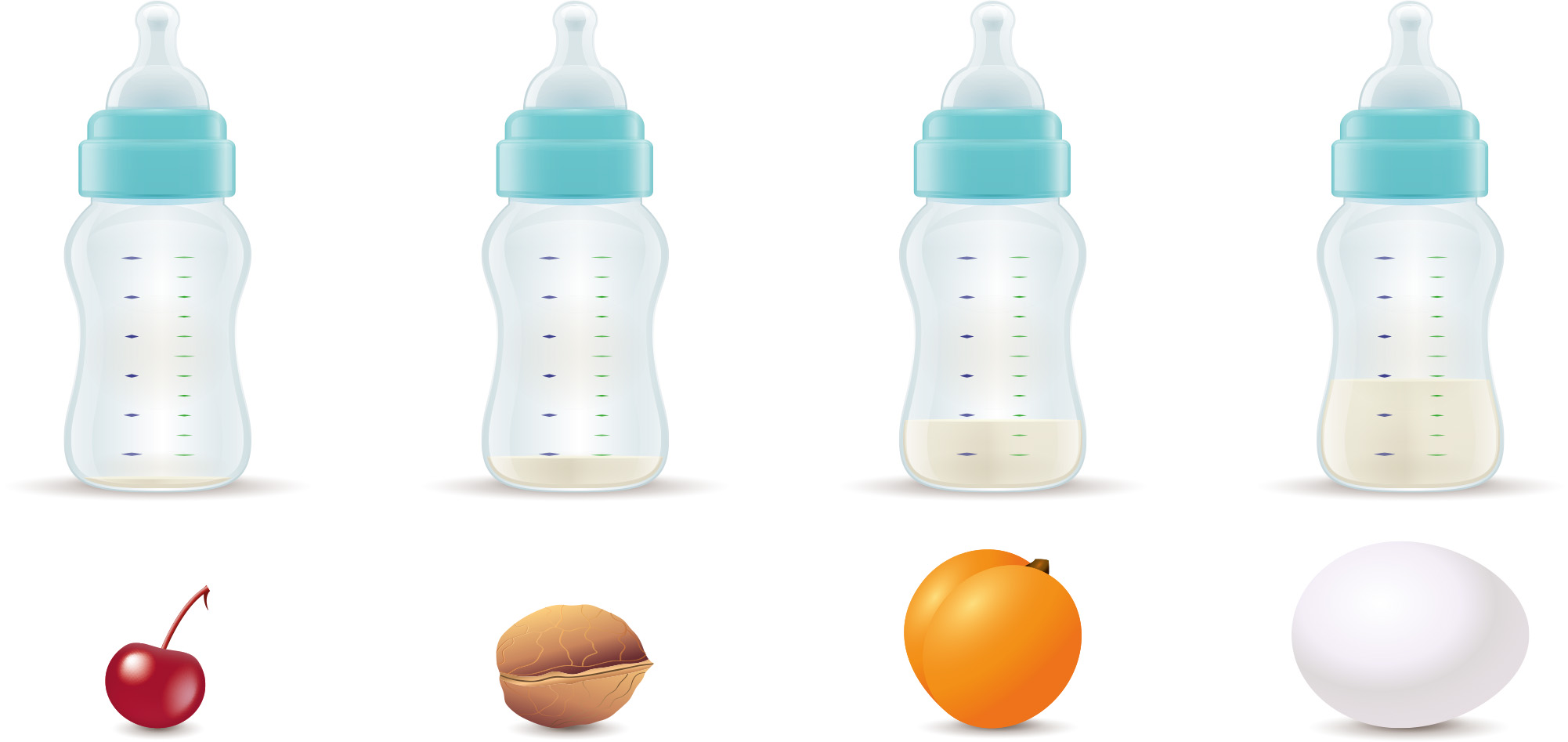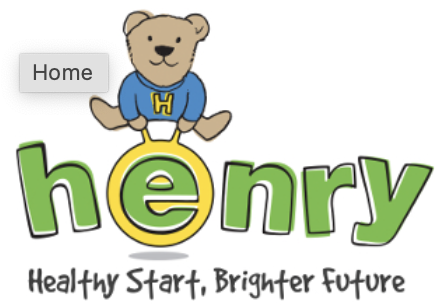Speak to your midwife if you would like to collect your colostrum for your baby.
The first breast milk your body makes is known as colostrum. Colostrum is very concentrated. They only need a small amount of colostrum to receive enough nutrients. If your baby needs extra feeds, you may be able to use your colostrum instead of formula milk.
Colostrum is the perfect source of nutrition for your baby because it:
- contains antibodies which protect your baby from infection
- helps your baby’s digestive system to develop
- protects your baby from allergies
- encourages your baby to open their bowels and pass ‘meconium’ (your baby’s first black sticky poo) which reduces the risk of jaundice
Colostrum Collection
During pregnancy, your breasts will start to produce colostrum (the exact timing varies from person to person). You can collect and freeze this milk during the last few weeks of your pregnancy.
Collecting your colostrum will be especially beneficial for your baby if they are likely to have difficulties with feeding or maintaining their blood sugar levels during the first few days after birth.
This may be because your baby:
- is large or small for their gestational age
- is a twin or triplet
- has a cleft lip or palate
- has Down’s syndrome or a heart complication
Colostrum collection can also be beneficial for your baby if you:
- are taking beta blockers to control high blood pressure
- have pre-eclampsia
- are diabetic
- have polycystic ovary syndrome
- have breast hypoplasia (a condition in which the breast doesn’t fully develop) or you have had breast surgery
- have a raised body mass index (BMI)
- plan to give birth by Caesarean section
Before you start colostrum collection
You may be advised not to collect your colostrum before your baby is born if you have:
- a cervical suture (stitches) in place
- had premature labour in the past
- had contractions, vaginal bleeding or premature rupture of membranes (your waters breaking early) during this pregnancy
We would recommend reading a helpful booklet called ‘Off to the best start’ which explains the technique for hand expressing breast milk in more detail. Ask your midwife for a free copy or download it from the NHS Start 4 Life website.
How to start colostrum collection
If you would like to collect your colostrum, you can start hand expressing for a few minutes once a day when you are 36 to 37 weeks pregnant.
Gradually build up to gently expressing for about 5 to 10 minutes at a time, two to five times a day. Then as often as necessary in the first few days after you give birth. If your baby is premature or unwell, you may be encouraged to start expressing within two to three hours of giving birth.
You can collect your colostrum while you’re pregnant by hand expressing in the same way that you will express milk when your baby is born. While you’re pregnant you should only use your hands for expressing. Do not use a breast pump until after you have given birth.
Hand expressing your colostrum
1. To collect your colostrum you will need a clean, sterilised syringe (these may be provided by your midwife) and a clean, sterilised larger container.
2. Make yourself comfortable and try to relax. Warmth will help, so try expressing in the shower or bath at first. You can gently massage your breasts with a warm flannel.
3. Use your hand to cup one of your breasts. Your hand should be in a ‘C’ shape around the nipple with four fingers under the breast and the thumb at the top. Your thumb and fingers should be about 2 to 3cm away from the base area around the nipple.
4. Use your thumb and index finger to gently squeeze. Release the pressure and then repeat to create a rhythm. This shouldn’t hurt. Avoid sliding your fingers over your skin as this may cause discomfort. If the colostrum doesn’t flow, try moving your fingers slightly towards the nipple or further away, finding the spot that works best for you. You could also try gently massaging your breast.
5. Collect your colostrum with the sterilised syringe and if necessary decant to the larger sterilised container. Colostrum is very concentrated and will come out of your breast drop by drop. At first, only a few drops will come out at each session. But with practice and time, you should get more.
6. When the drops slow down, move your fingers round to try a different section of your breast and repeat.
7. Repeat the process for your second breast. The amount of colostrum you collect when you express can vary from just a few drops to a teaspoon full. Every drop counts, so don’t lose heart if you feel you haven’t collected much colostrum. This doesn’t mean your baby will find it difficult to breastfeed.
Antenatal expression of colostrum Patient information factsheet from Calderdale and Huddersfield Hospitals is available.
It is very rare for colostrum collection to cause the onset of labour. You may feel your womb tightening and relaxing. This is called a Braxton Hicks contraction and isn’t a cause for concern. If you begin to feel ‘period-like’ cramps or mild labour contractions, stop expressing, rest and then start again slowly.
Storing your colostrum or breast milk
- Label the syringe or container with your name, date and time you expressed the colostrum
- Put the syringe or container in a clean re-sealable bag and place it in your freezer. It can be stored for up to 2 weeks in the ice compartment of a fridge (-6°C) or for up to 6 months in a proper freezer (-18°C)
- You can store it in the back of the fridge at a temperature of 2 to 4°C for up to 24 hours before you freeze it
- Defrost in the fridge and use within 24 hours
- If stored only in the fridge (4°C ) it must be used within 5 days
Bringing your milk to delivery suite
You can express and freeze your colostrum at home and bring it into hospital when you have your baby.
To bring your colostrum into hospital you will need:
- re-sealable food bags
- a small cool bag
- 2 large ice blocks
Put a few of your labelled frozen syringes into a re-sealable food bag. Place this inside the cool bag between the 2 ice blocks.
Tell your midwife that you have colostrum with you as soon as you arrive. It will be labelled with the date and time it was removed from your freezer and stored in the hospital fridge or freezer.
Feeding your baby with colostrum
Some newborn babies struggle to feed well at the breast and others can't maintain their blood sugar levels at first. In these situations you can feed your baby with your colostrum. Your midwife will take your colostrum out of the hospital fridge or freezer and check the label with you first. The syringe of colostrum will need to be brought to room temperature. You could immerse a plastic bag containing the syringe of colostrum in a bowl of warm water or place it next to your skin. Your midwife will show you how to feed your baby with a syringe or a small cup. This small feed will give your baby energy and increase their blood sugar levels. It often encourages babies to breastfeed well.
Useful link
www.nhs.uk/start4life/breastfeeding-more-help
You can also talk to your midwife who will be able to answer any questions you may have.








